Cryptography
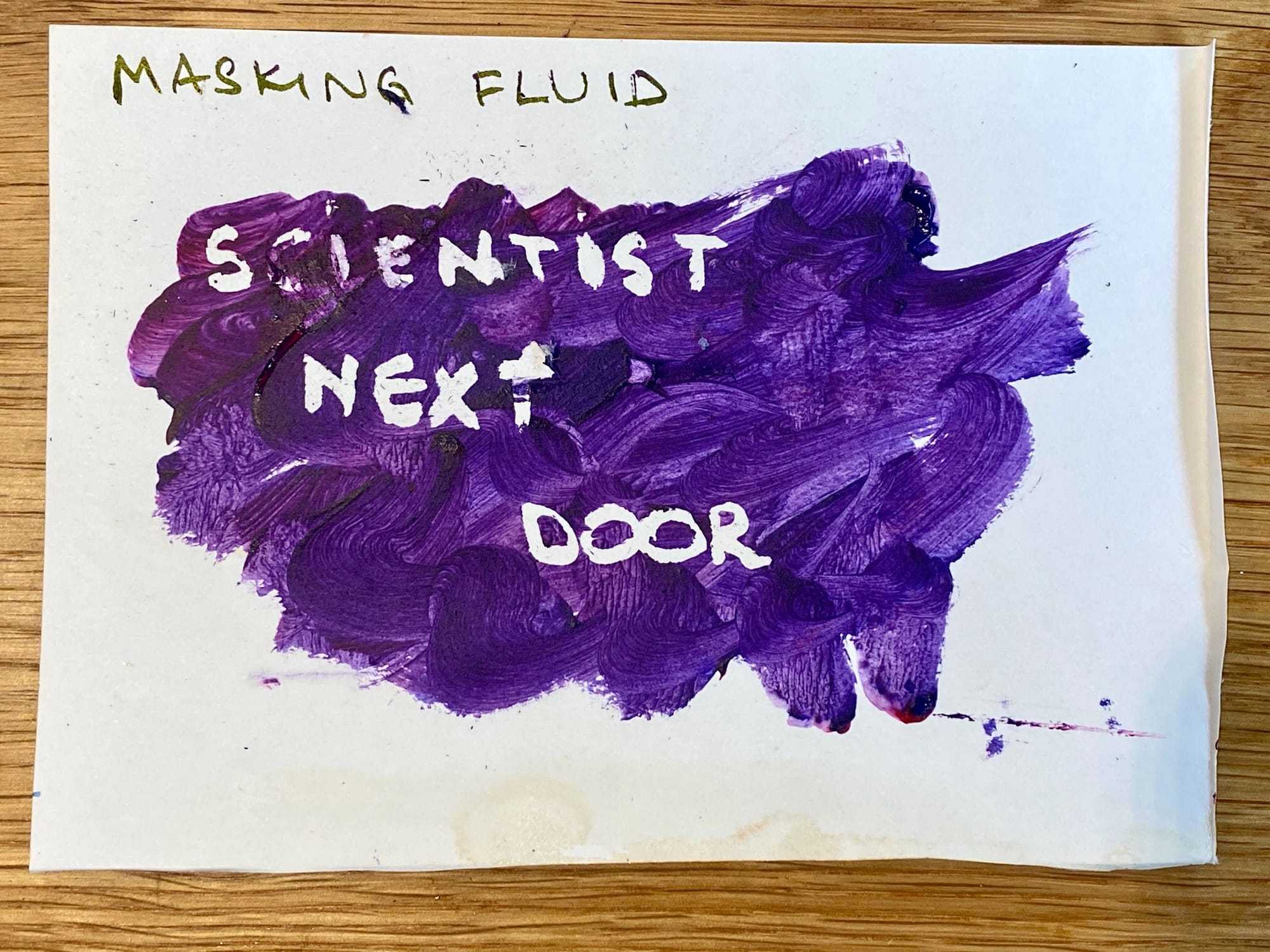
For more than 2000 years people have been thinking about ways of sending messages to friends without anyone finding out. Let's learn about some of the methods and try them together!
The most ancient techniques is called steganography: hiding your secret message within something ordinary and non-secret. Here are some examples.
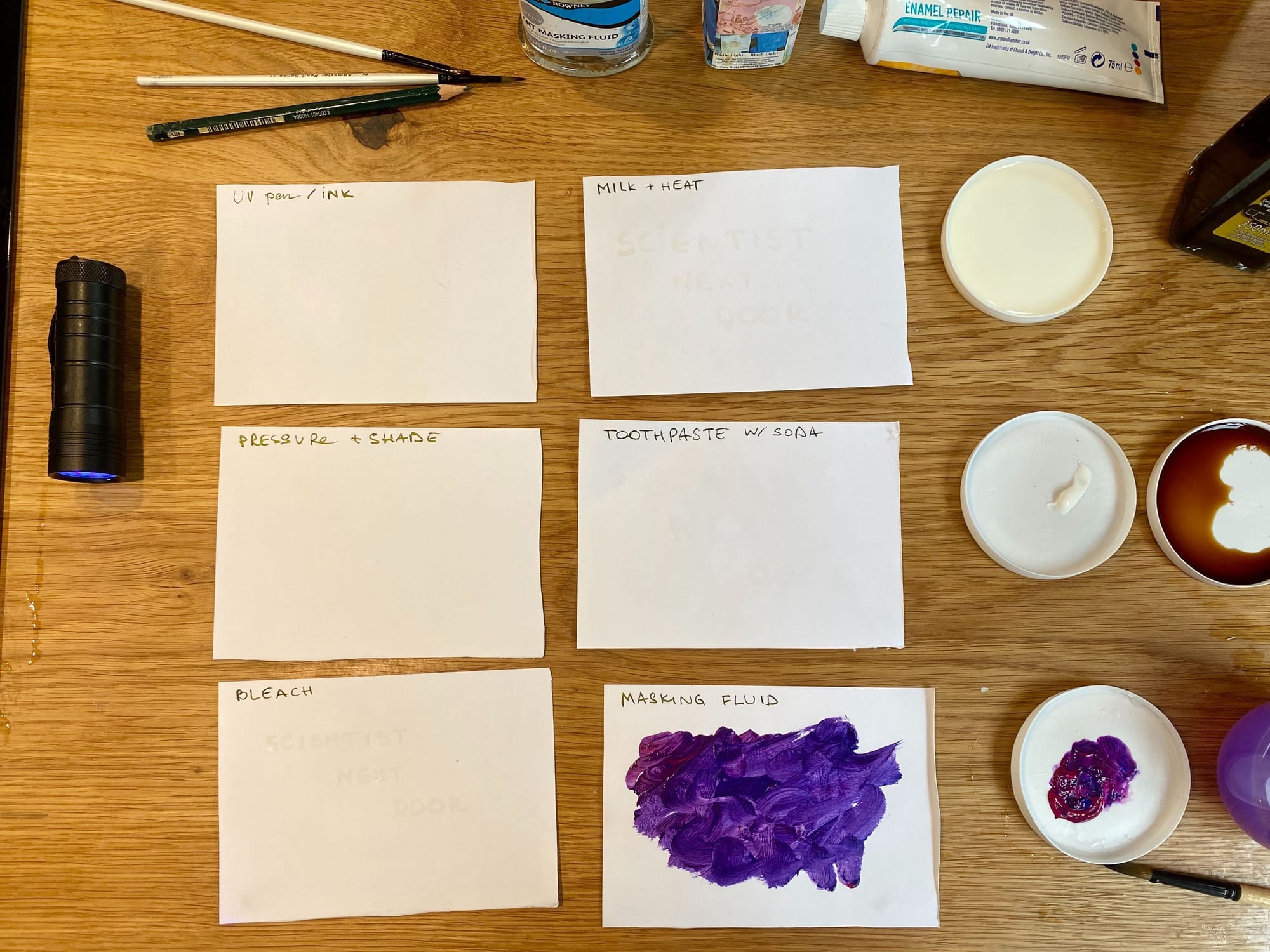
You can write a message with invisible UV active ink. This is a special ink that shines under ultraviolet light (see our section on the Waves and Light to learn more)

Another way is to engrave the paper with pressure - if you write on the top paper, pressing strongly your pen, this will also press the message onto the paper underneath. This can be revealed by very gently shading the surface of this paper with a pencil:
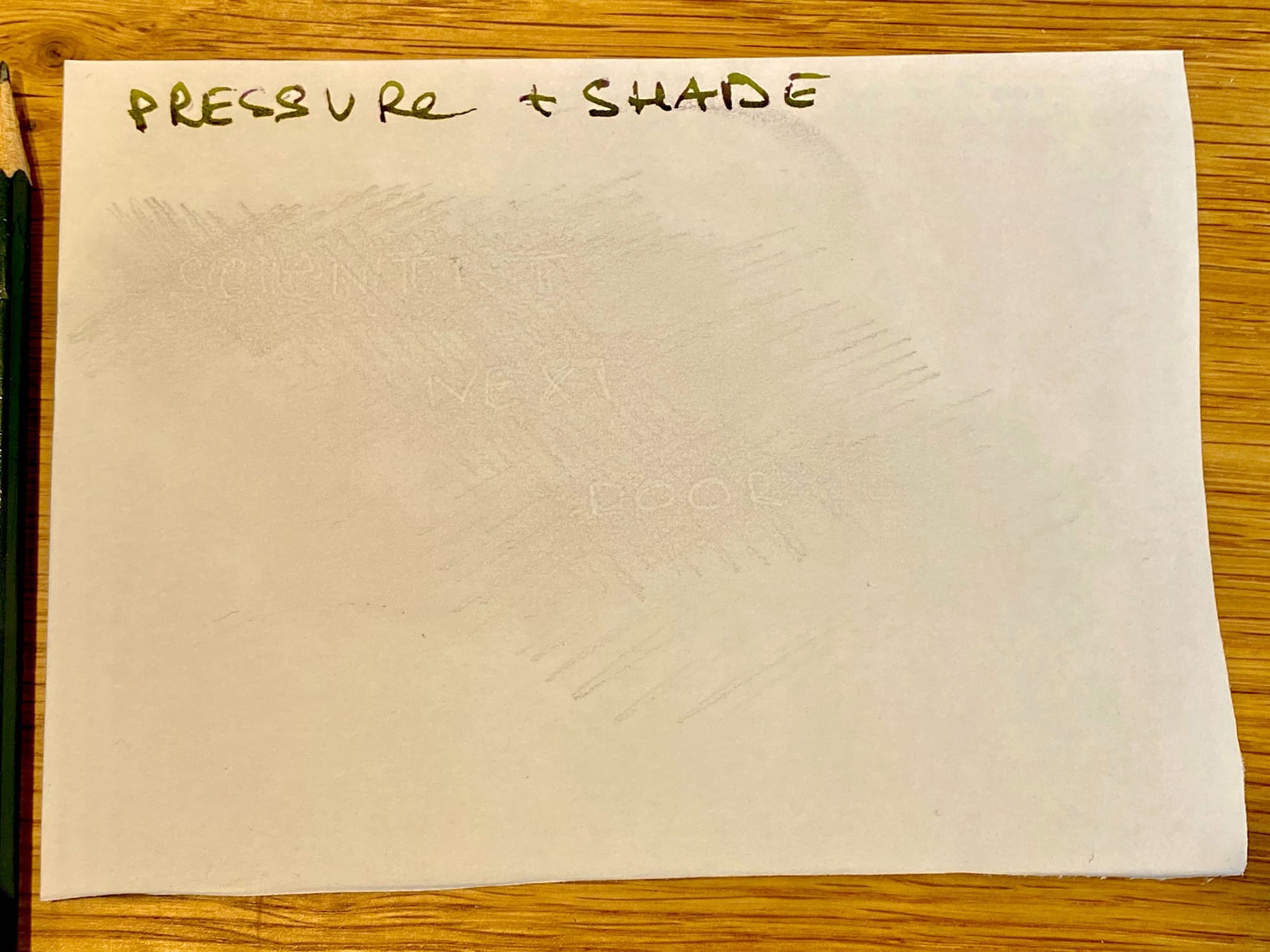
You can also write a message using bleach. It looks transparent, but when you colour the paper with some ink, the message will be revealed: bleach is very good at discolouring, so the ink will not be as bright over the bleach.
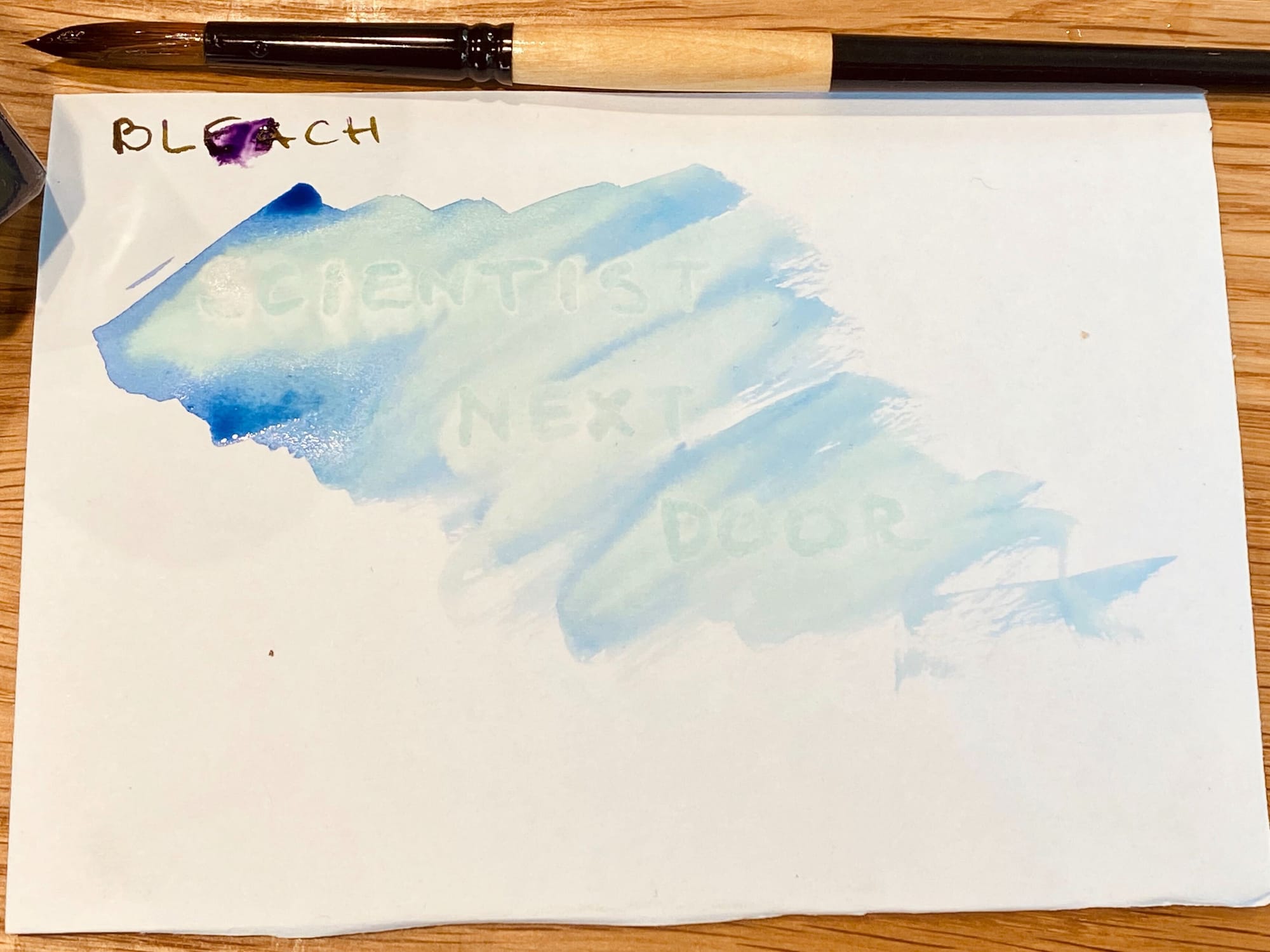
A very old technique is to use milk. When you heat the paper, for instance putting it in the oven, or next to a hot lamp, or over a candle (like in movies) the milk will caramelise (forming longer polymeric sugar chains) and change colour. This will also work with lemon juice!
Toothpaste often contains bicarbonate soda, which is a milder base compared to bleach, but it will still be revealing when a coloured solution goes over it. Here we use vinegar, but red wine is a good option too. Learn more about acids and bases in our post on Red Cabbage pH Indicator.
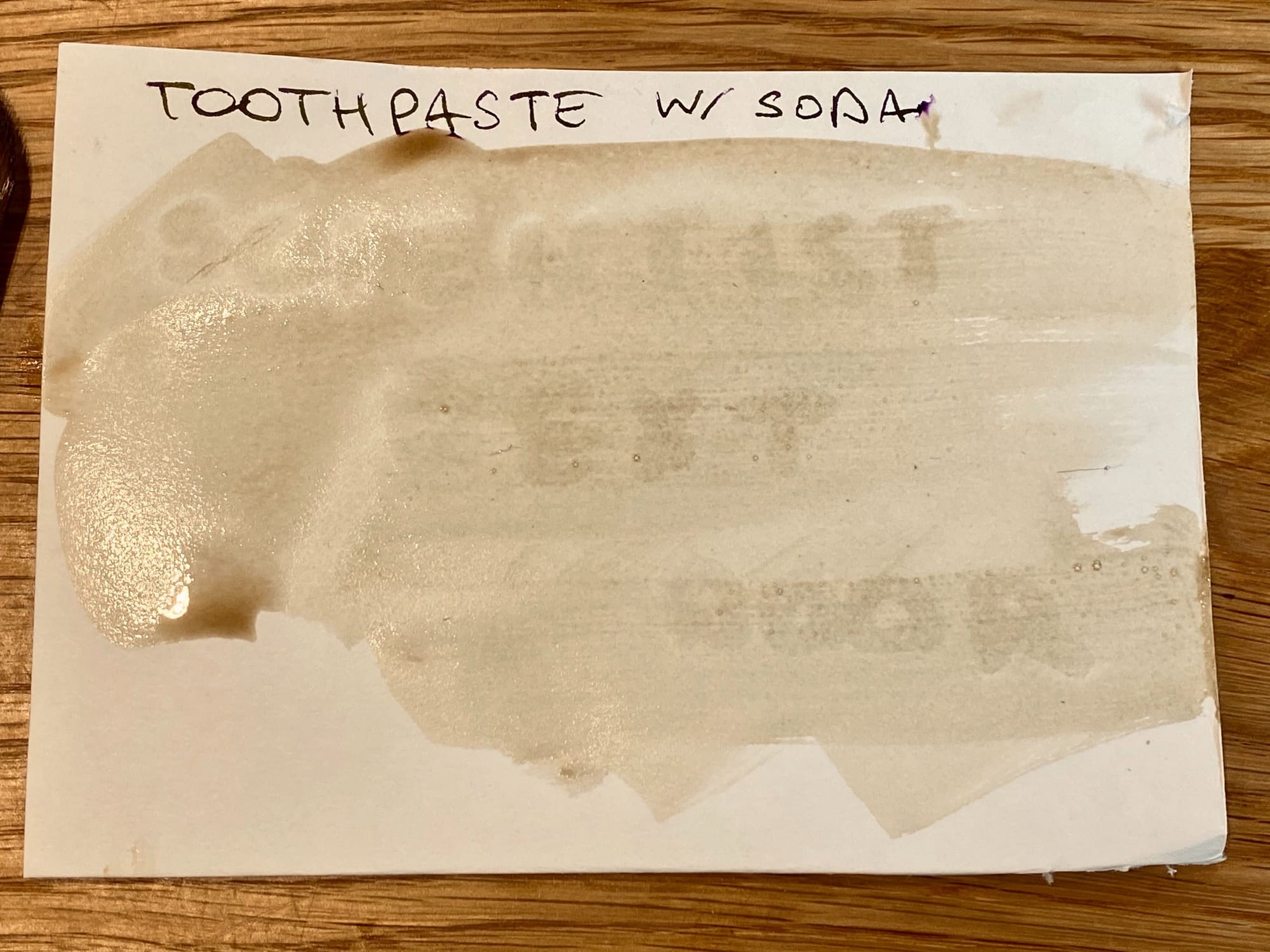
Another way is to hide your message under an artwork using a masking fluid. This is a silicon-based liquid used by artists to protect areas of paper from paints. Apply the masking fluid over paper, let it dry and then paint over it. Mind if you use water-based paint it will not stick to the masking fluid itself, while acrylic will coat it. When your painting dries, the masking fluid can be removed from the paper by rubbing it off.

Steganography is often not enough to keep a message safe: whoever sees the message can read it. This is where encryption comes into play! When a message is encrypted, the letters are modified so that the resulting message looks like nonsense. Only knowing the technique used to modify the letters can allow you to understand the message.
At Roman times, it is said that the Emperor Julius Cesar sent messages to his generals with written text messages, where every letter was shifted forward by three positions. So Cesar would write you 'KHOOR' instead of 'HELLO'! The Greeks would wrap some long paper with plenty of letters on it around a stick of a known size. When using a stick of the correct size, some letters would align to reveal a message. This method is called scytale (from Greek σκυτάλη [skutálē] for baton or cylinder). In the photo below, Matteo is showing a scytale message reading 'HELLO ..." during a call.
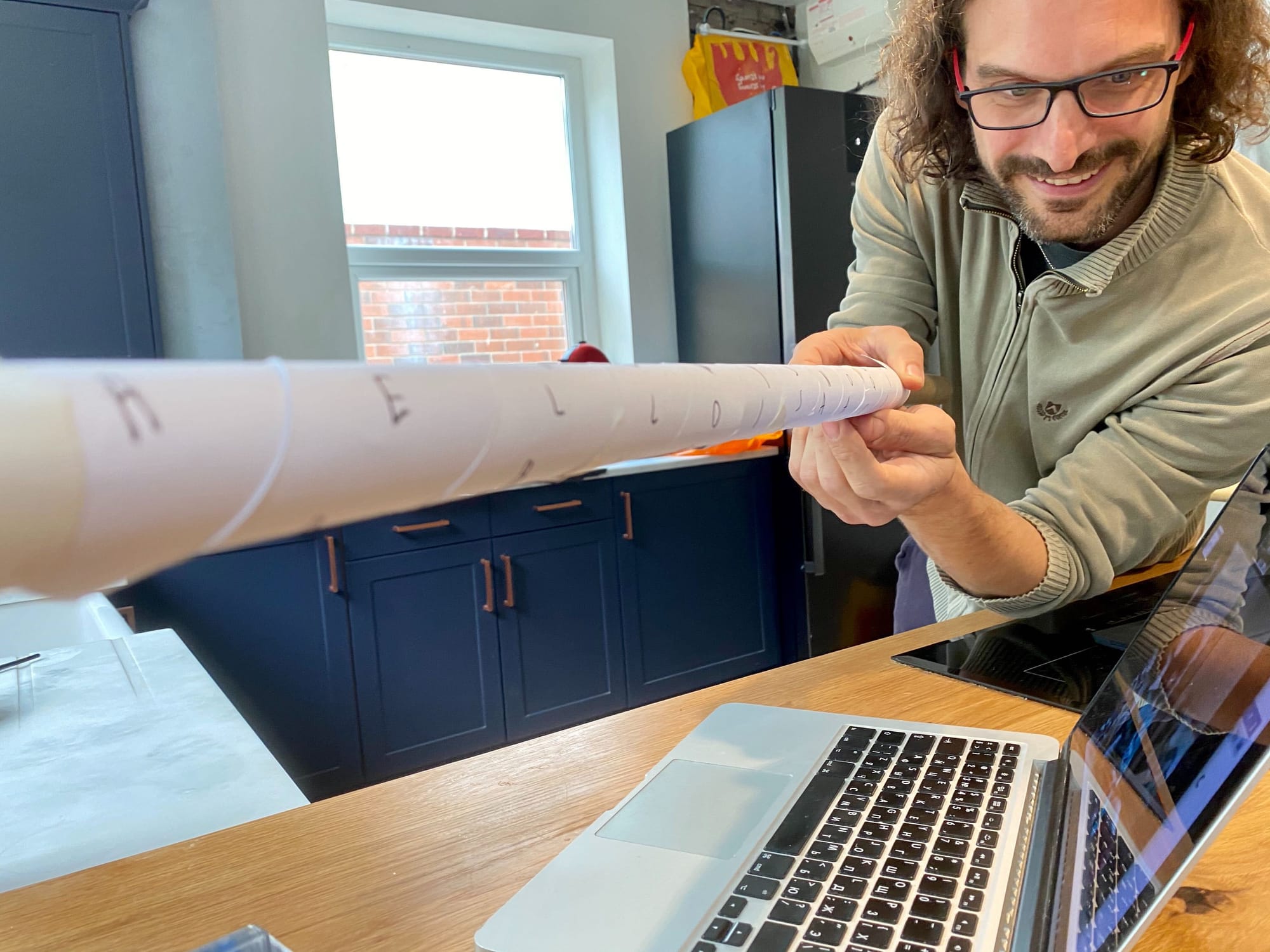
Neither the Roman nor the Greek method are very secure. To decode a message from Cesar you just have to find out by how many positions you need to shift your letters, and to decode a Greek message you only need to find a stick of the correct size. Scientists studying cryptography develop methods to make sure that information can be securely transferred between two people so that no one else can understand their message.
- by Matteo
